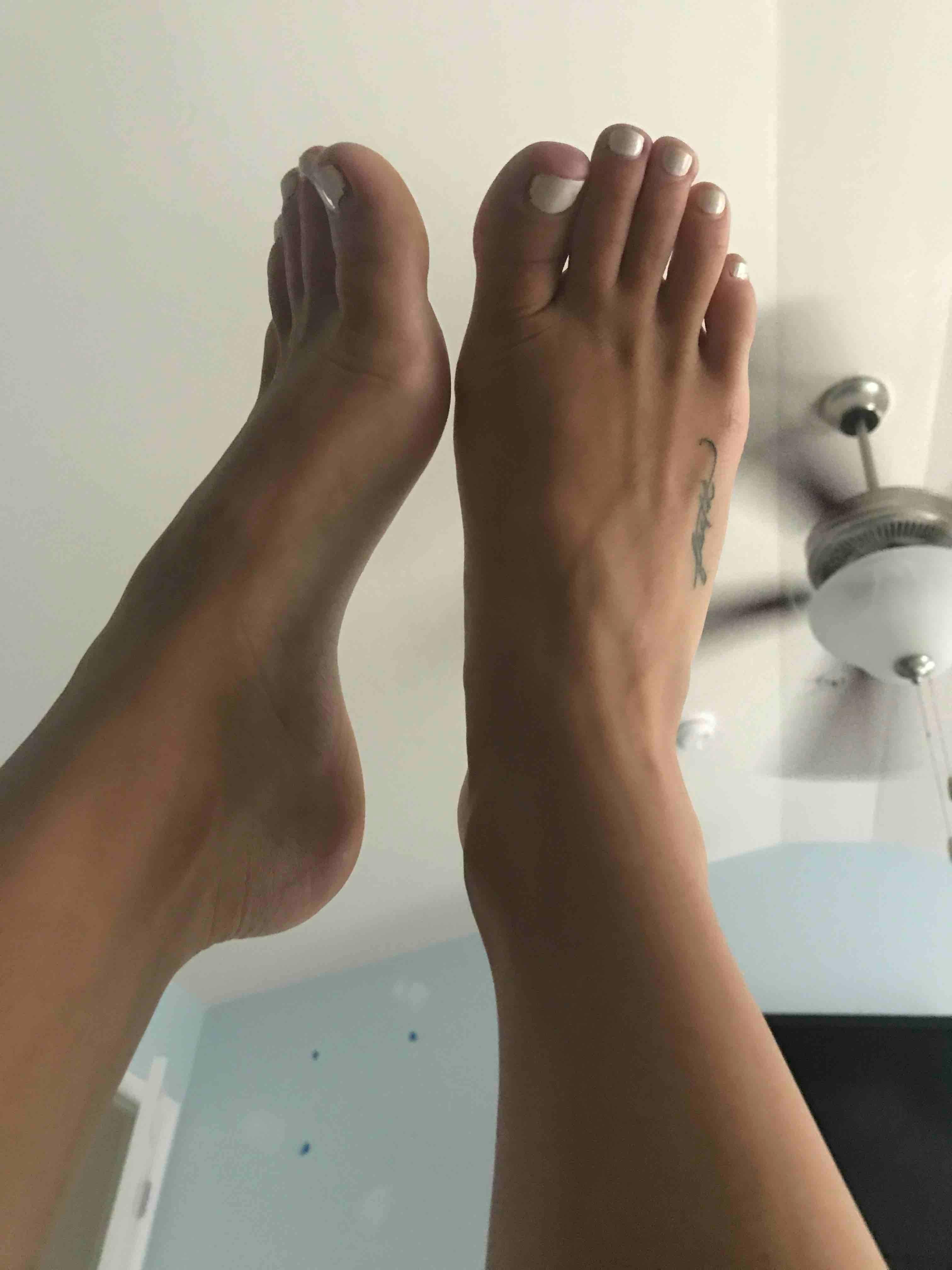8 advanced Plantar Fasciitis Treatment tactics to Crush Customer Service In 2020
For some athletes, simply changing running shoes can substantially alleviate plantar fascia discomfort. A physical therapist can utilize a number of various taping techniques to support the plantar fascia, offering it a chance to recover. Some shoes can be fitted with inserts. One example is an orthotic, which spans the length of the shoe.
Another option is a heel cup. This insert is designed to support and cushion the heel. Plantar fasciitis is related to less versatility in the ankle, Achilles tendon, and calf muscles. Mild stretching to improve flexibility can make the biomechanics of standing, walking, and running less difficult for the plantar fascia.
Using mild pressure, roll the tennis ball backward and forward under the foot. Stand 18 inches far from a wall with feet about 6 inches apart and put hands versus the wall, at shoulder height. Without moving feet, lean into the wall, flexing the foot and stretching the Achilles tendon and calf muscles Rest on the flooring with legs directly in front.
Plantar Fasciitis Treatment Strategies: Why is Plantar Fasciitis Treatment Important?
Stretches like these last two, in which the top of the foot and toes approach the shin, are called dorsiflexion stretches. Applying a cold-pack or bag of ice to bottom of the foot might offer pain remedy for plantar fasciitis. Relief can also be found by rolling the bottom of the foot on a frozen plastic water bottle.
Protocol Principles. For runners, increasing the number of steps per mileusing a shorter stride however increasing cadence to preserve speedmay reduce the tension on the plantar fascia even though there will be more steps per minute.1.Extra weight puts an increased strain on the plantar fascia tissue. Shedding excess pounds will lighten the load on the body's musculoskeletal system, consisting of the plantar fascia.
This prevents the plantar fascia from resting in a contracted position. (Naturally, lots of people discover these splints challenging to sleep in.). While it is not thought about standard treatment, deep myofascial massage might promote blood flow and healing. While not all specialists concur, some think the use of manual manipulation/mobilization (by a chiropractic physician or other competent health specialist) in addition to workout is an efficient way to treat plantar fasciitis.2, Individuals with consistent, moderate to severe cases of plantar fasciitis, may use these non-medical treatments in conjunction with medications, injections, or surgical treatments.
Advanced Plantar Fasciitis Treatment

Medications are not a remedy for plantar fasciitis and ought to be used in conjunction with other treatments. Non-steroidal anti-inflammatory drugs are utilized to lower swelling and swelling, and are suggested for clients experiencing moderate to severe pain (Go). NSAIDs consist of aspirin (e.g. Bayer), ibuprofen (e.g. Advil), naproxen (e.g. Aleve), and cox-2 inhibitors.
dexamethasone) through healthy skin to the aching location.1 Iontophoresis might be suggested to clients with plantar fasciitis who can't endure injections or wish to avoid injections. If non-medical treatments and medications do not provide relief from plantar fasciitis, patients might consider injections. 1. Wellenkotter J, Kernozek TW, Meardon S, Suchomel T.

Int J Sports Med. 2014; 35( 9 ):779 -84.2. Bronfort G, Haas M, Evans R, Leininger B, Triano J. Effectiveness of manual therapies: the UK proof report. Chiropr Osteopat. 2010; 18:3.3. Clar C, Tsertsvadze A, Court R, Hundt GL, Clarke A, Sutcliffe P. Scientific effectiveness of manual therapy for the management of musculoskeletal and non-musculoskeletal conditions: systematic evaluation and update of UK evidence report.
How to Overwhelm Your Competition by Great Plantar Fasciitis Treatment
The plantar fascia is a long, thin ligament present along the bottom of the foot that creates the arch of the foot. It extends from the heel bone, and then divides and fans out to attach itself to the toes. Plantar fasciitis is a condition where the plantar fascia ends up being inflamed from overstretching or overuse, causing pain in the heel and bottom of the foot.
Plantar fasciitis takes place when you strain or aggravate the plantar fascia ligament. Repetitive stress can lead to tiny tears in the ligament, leading to discomfort and swelling, which can make strolling challenging. Strains can occur due to: High or low foot arch Weight problems or abrupt weight gain Tight Achilles tendon which links the calf muscles to the heel Beginning a new activity or increasing the intensity of an activity Using inappropriate shoes with soles that are too soft, do not fit well or provide bad arch assistance The significant complaint of plantar fasciitis is pain and tightness in the heel and foot.
Your medical professional might enjoy how you stand and walk, and assess associated conditions such as high arches. X-rays of the foot can be taken if your medical professional suspects a tension fracture, a hairline fracture in the bone, or other related conditions such as a heel spur, which is additional calcium deposit on the heel bone.
Easy Recommendations about Plantar Fasciitis Treatment
Conservative treatment steps consist of: Rest: Rest is the initial step that is considered for decreasing pain and preventing more damage to the ligament. Ice: Rolling your foot over ice can be really effective in decreasing swelling, and is recommended for 20 minutes, 3-4 times a day Medications: NSAIDs (non-steroidal anti-inflammatory drugs) may be recommended for relief of discomfort and inflammation Workout: calf stretches and plantar fascia stretches work in easing pain A steroid injection may be administered into the plantar fascia for decreasing pain and inflammation Helpful shoes and orthotics may also be suggested to reduce the pain while strolling or standing Night splints can be suggested by your physician to help extend the plantar fascia while sleeping Physical treatment may be recommended for instruction on stretching workouts, massage and ice treatments PT may use extracorporeal shockwave therapy (ESWT), which utilizes high-energy shockwave impulses to stimulate recovery of the damaged plantar fascia tissues Surgical treatment is considered only if conservative therapy does not provide reliable relief after 12 months.
Gastrocnemius recession: Tight calf muscles or gastrocnemius muscles can strain the plantar fascia. To release this tension, your surgeon will surgically extend the calf muscle, and increase the motion of the ankle (Website Here). The surgical treatment can be performed by open incision or endoscopically through a small cut by utilizing an endoscope, which is a long instrument with a small cam connected.
Your surgeon will partially cut the plantar fascia ligament to relieve the tension. The surgery can be carried out endoscopically but open incision is much easier to carry out and is connected with lower risk of nerve damage. Problems are rare following surgical treatment to deal with plantar fasciitis, however as with any surgery, they can occur.
Blogger's Plantar Fasciitis Treatment Guide for This Year
If you are experiencing symptoms of plantar fasciitis, detailed treatment from our foot professionals is offered at ORA Orthopedics. As the largest and most sophisticated orthopedic practice in the Quad Cities, ORA Orthopedics offers the biggest options in care to children and grownups with a wide variety of musculoskeletal conditions, including plantar fasciitis and other unpleasant or unpleasant foot problems (Browse Around This Site).
This condition is usually marked by greater foot discomfort and stiffness after not throughout exercise or extended durations of inactivity. Plantar fasciitis may also trigger bone stimulates, or little boney developments, to develop on the heel bone. The knowledgeable medical professionals and staff at ORA Orthopedics' Foot and Ankle Center of Quality are trained in the latest treatment strategies and provide patient-focused care that is 2nd to none in the Quad Cities.
No comments:
Post a Comment